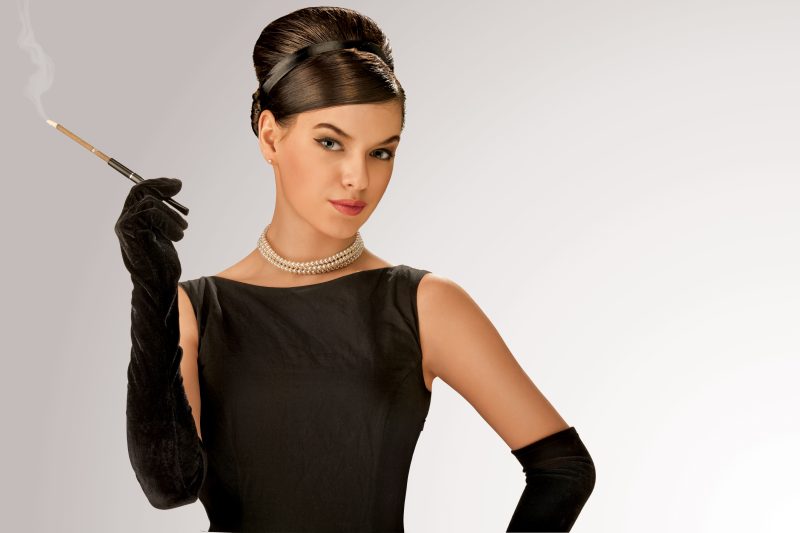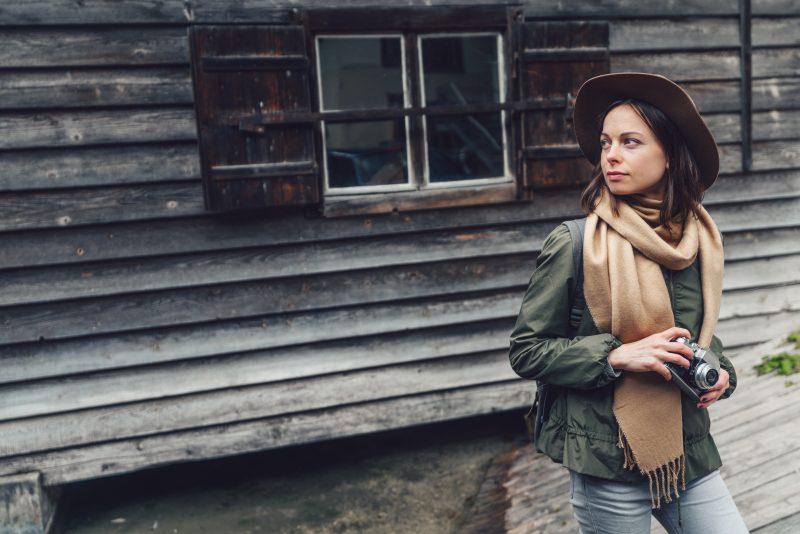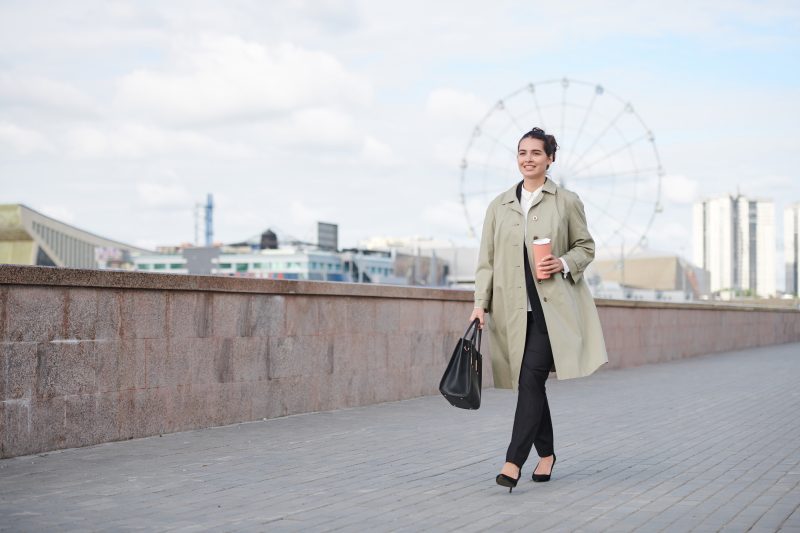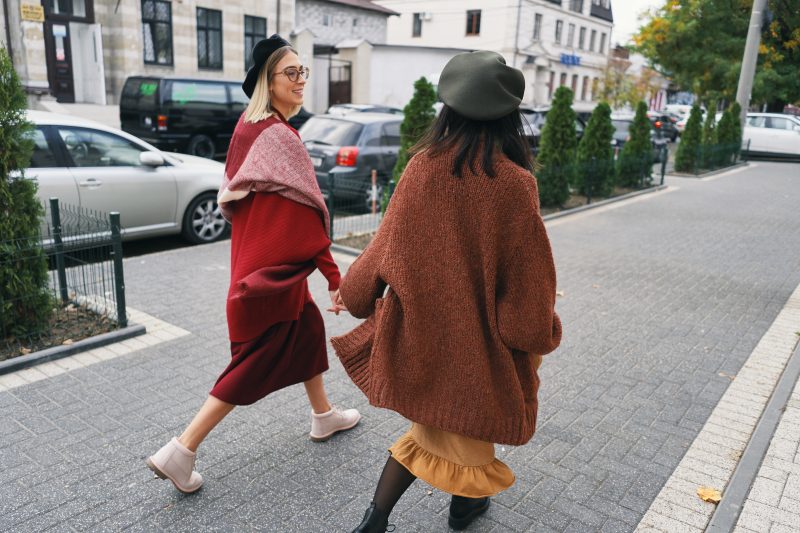It started with a leak in my parents’ loft. One of those slow, insidious drips that had been quietly soaking through boxes for months before anyone noticed. Dad called in a panic one Sunday morning: “Liv, can you come over? There’s water everywhere and your mum’s having kittens about all the stuff stored up there.” T
hree hours later, I was knee-deep in soggy cardboard and family memorabilia, passing down photo albums and Christmas decorations to my increasingly frazzled mother, who was attempting to sort everything into “salvageable” and “write-off” piles on her previously immaculate living room carpet.
That’s when I found The Box. It was pushed right back under the eaves, miraculously dry thanks to its position and the fact that it wasn’t cardboard but one of those old-fashioned leather suitcases with brass clasps that nobody makes anymore. The label, faded but still legible, read “Margaret’s clothes – good ones.” Margaret was my grandmother, my mum’s mum, who’d died when I was fifteen. She’d been a perfectly nice grandma who made excellent apple crumble and let me try on her lipstick when Mum wasn’t looking, but I’d never thought of her as particularly stylish or interesting, fashion-wise. In my memories, she wore sensible slacks and cardigan sets in pastel colors. Practical shoes. Neat floral dresses for church.
“What’s in this?” I called down to Mum, who was now surrounded by damp photo albums.
“God knows,” she called back. “Bring it down if you want, but if it’s more of Dad’s old tax returns, it’s going straight in the bin.”
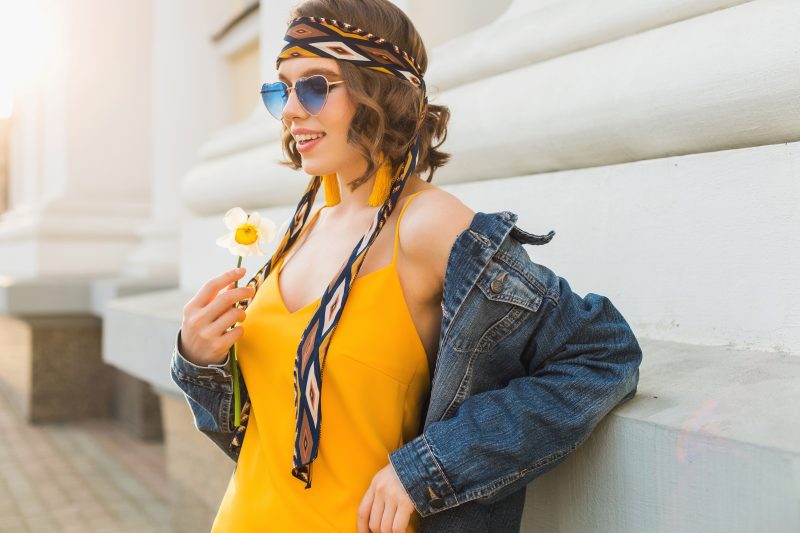
The case was heavier than I expected, and the brass clasps stuck slightly, as if they hadn’t been opened in years. When I finally pried it open on the living room floor, both Mum and I gasped audibly. Inside, carefully wrapped in tissue paper that had yellowed with age, was a collection of clothes that looked nothing like the grandma I remembered. These weren’t sensible cardigans or church dresses. These were pieces from another life entirely—one where my grandmother was young and fashion-forward in 1960s London.
The first thing I pulled out was a dress. Not just any dress, but a color-blocked mini in geometric patterns of navy blue, hot pink, and white. The label read “Mary Quant.” My hands actually shook as I held it up.
“Oh my God,” said Mum, abandoning her damp photos. “I’d forgotten all about that. Mum bought it from the Bazaar on King’s Road. She saved up for weeks.”
As a fashion features director who’s written extensively about British design, I knew exactly what I was holding. Mary Quant wasn’t just any designer; she was THE designer who defined the look of the Swinging Sixties, who popularized the miniskirt, who created clothes that embodied the youthquake cultural revolution. And I was holding an original piece, preserved almost perfectly, that had belonged to my own grandmother.
“Why didn’t you ever tell me Gran was into fashion?” I asked, already diving back into the case.
Mum laughed. “She wasn’t, not really—not like you. But before she married Dad, she worked as a secretary in London for a few years, right at the end of the sixties. She had this whole other life before she moved back up North and became the person you knew.”
The case was a treasure trove. Beneath the dress was a black and white houndstooth miniskirt with a matching jacket—very Carnaby Street, very Mary Quant. Then a pair of white go-go boots that looked like they’d walked straight off a Twiggy photoshoot. Three more dresses, each more daring than the last in terms of hemline and pattern. A plastic raincoat in clear yellow. And at the very bottom, the absolute holy grail: a genuine Mary Quant makeup compact in its original packaging, the iconic daisy design still bright against the black plastic.
“She kept all this stuff,” Mum said wonderingly, fingering the fabric of one dress. “Even after she married Dad and had me and moved to Sheffield. She never wore any of it again as far as I know, but she couldn’t bear to part with it.”
I could understand why. These weren’t just clothes; they were artifacts from a specific moment in British cultural history, a moment when my grandmother—apparently—had been right in the thick of it. The Margaret who owned these clothes was decades away from the grandmother who taught me to make pastry and complained about the length of my school skirt. This Margaret had worn miniskirts that would have made my teenage hemline look positively Puritan.
Over cups of tea (because this is still a British household and emotional discoveries require tea), Mum filled in the gaps of a story I’d never heard. After leaving school, Margaret had gone to secretarial college and then landed a job at a small publishing company in London. She’d shared a flat in Earl’s Court with two other girls, spent her weekends on the King’s Road, and saved up for these precious fashion pieces that represented freedom and youth and everything the sixties stood for. Then she’d met my grandfather at a party, fallen in love, moved back to her hometown, had my mother, and gradually transformed into the conventional middle-class grandmother I’d known.
“Did she ever talk about this part of her life?” I asked Mum, who was now trying on one of the less daring dresses over her jeans.
“Not really,” Mum said, twirling experimentally. “I knew she’d lived in London, but she never made a big thing of it. I found some photos once when I was about your age, and she just laughed and said it was all a long time ago. She did say the boots hurt her feet terribly but were worth it because they looked so fantastic.”
I picked up the white boots in question, marveling at how small they were and how well-preserved despite their age. My grandmother and I had a different definition of “worth it” when it came to fashion pain, it seemed.
“Do you think she missed it?” I asked. “That life, the excitement of it all?”
Mum considered this, looking down at the Mary Quant dress she was wearing. “I don’t know. I think maybe she was ready to move on when she did. But she kept all this, didn’t she? She didn’t throw it away or give it to charity. She packed it up carefully and labeled it as the ‘good ones.’ So it meant something to her, even decades later.”
Over the next few days, as my parents dealt with the leak and its aftermath, I took charge of Margaret’s treasure box. I carefully hand-washed the pieces that needed it, using the gentlest detergent and laying them flat to dry. I stuffed the boots with tissue paper to help them keep their shape. I researched proper storage techniques for vintage clothing and invested in archival boxes and acid-free tissue. In the process, I fell a little bit in love with this version of my grandmother I’d never known—the one who’d queued outside Biba, who’d worn white vinyl in an era before wet wipes, who’d been young and fashionable and part of one of the most exciting moments in British cultural history.
But the fashion editor in me couldn’t just preserve these pieces like museum artifacts. Clothes are meant to be worn, to have life. So after ensuring everything was clean and structurally sound, I started experimenting with ways to style these vintage pieces for the modern world.
The first piece I worked up the courage to actually wear was the houndstooth skirt. The matching jacket was unfortunately too small for me (my grandmother had been tiny in that way women often were in previous generations), but the skirt fit perfectly. Rather than pairing it with the white boots and a matching top as my grandmother would have done, I wore it with a chunky black oversized knit sweater and flat ankle boots for Sunday lunch with friends. The contrast between the structured, formal fabric of the skirt and the relaxed modern knitwear created exactly the high-low tension that makes vintage pieces work in contemporary settings.
The reaction was everything I could have hoped for. My fashion-savvy friends immediately recognized the skirt as vintage Quant, leading to the immensely satisfying moment of casually saying, “Oh, it was my grandmother’s actually,” and watching their jaws collectively drop. But beyond the label recognition, the outfit worked—it didn’t look like a costume or like I was playing dress-up in clothes from another era. It looked intentional, thoughtful, and most importantly, relevant to 2025 despite the main component being over 50 years old.
Emboldened by this success, I next tackled the color-blocked dress. This was trickier because there’s no mistaking a 1960s mini-shift for anything else—the silhouette is so specific to its era. The key, I found, was to deliberately play with that recognizability rather than trying to disguise it. For a fashion industry party, I wore the dress exactly as it was designed to be worn, embracing its pure sixties aesthetic, but I added thoroughly modern elements: chunky platform boots rather than go-go boots, an oversized leather jacket instead of a neat matching coat, and contemporary makeup rather than the graphic black eyeliner that would have been period-appropriate.
The result was a conversation-starting outfit that wasn’t shouting “VINTAGE” but rather creating a dialogue between past and present. At least five people asked me if the dress was from a designer’s archive collection, assuming it was a new piece inspired by sixties aesthetics rather than an actual garment from the era. When I explained its provenance, the conversations that followed weren’t just about fashion but about cultural history, about women’s changing roles, about how my grandmother’s experience in the sixties connected to our lives now.
Perhaps the most challenging piece was the yellow plastic raincoat. Transparent plastic isn’t the most wearable material at the best of times, and this particular piece had stiffened slightly with age, making an interesting crinkling sound when moved. After some experimentation, I discovered it worked best as a statement layering piece rather than a practical raincoat. Worn open over a simple black dress, it transformed from potential bin-bag territory into something that could plausibly have walked down a Balenciaga runway.
Not everything in the case was wearable, either due to size or condition. The white boots, sadly, were too small for my decidedly not-1960s-sized feet. One of the dresses had a tear along a seam that would have been challenging to repair invisibly. The makeup compact, while a stunning piece of design history, contained decades-old cosmetics that definitely needed to stay firmly closed. These pieces I’ve kept as display items—the boots sit on my bookshelf, the compact has a place of honor on my dressing table, visual reminders of both fashion history and family heritage.
What’s been most interesting about this whole experience is how it’s changed my relationship with my grandmother retrospectively. The woman I knew was kind, conventional, and rather proper. She would have been horrified at the thought of me going to work in some of the outfits I regularly wear. But now I know that before she was that person, she was a young woman taking fashion risks, spending money she didn’t really have on designs that pushed boundaries. It doesn’t negate the person she later became, but it adds complexity and nuance to my understanding of her.
It’s also made me think differently about how we approach vintage fashion more broadly. Too often, vintage pieces are treated either as costumes for themed parties or as precious artifacts too delicate to actually wear. But the most successful vintage styling happens when we can find that sweet spot where the original design integrity is respected while still making the piece relevant to contemporary life. It’s not about disguising the age or provenance of a garment but about creating a conversation between its original context and our current one.
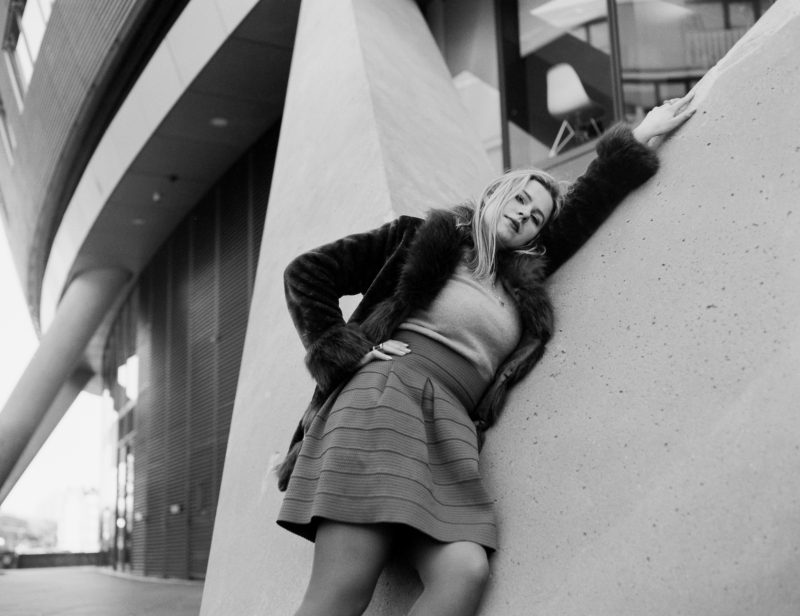
For example, Mary Quant’s designs were revolutionary specifically because they rejected the formality and constraint of previous fashion eras in favor of youth, freedom, and playfulness. Wearing them now with too much reverence or formality actually contradicts their original spirit. The modern equivalent of how these pieces would have been worn when new is to style them with a similar sense of irreverence and experimentation, not to treat them as precious museum pieces.
I’ve now worn most of the wearable items from my grandmother’s collection, each time trying to balance respect for the original design with contemporary relevance. The color-blocked dress works with chunky boots and an oversized denim jacket. The houndstooth skirt pairs beautifully with everything from graphic t-shirts to delicate knits. The yellow raincoat makes even the simplest outfit into something noteworthy. Each time I wear a piece, I post it on Instagram with a brief story about my grandmother’s London years, creating a digital record of both the fashion history and the family connection.
Last weekend, I took the whole collection back to my parents’ house for a proper photoshoot. I wanted good quality images of everything, both for insurance purposes (these pieces have significant vintage value) and for my own records. My mum ended up trying on the pieces that fit her, including the white boots which, it turns out, are exactly her size. Watching her posing in her mother’s clothes, laughing as she tried to walk in those impossible boots, created this strange telescoping of generations—my mother in her mother’s clothes, being photographed by her daughter.
“She would have loved that you’re wearing these,” Mum said as we carefully packed everything away again.
“Not because of the value or the designer name, but because clothes mattered to her—the right outfit made her feel brave when she was a girl alone in London, gave her confidence in rooms full of people who’d had advantages she hadn’t.”
I think about that a lot now—how clothes can be armor and joy and self-expression all at once, how a miniskirt in 1968 could be an act of personal revolution, how my quiet grandma had once been a girl who saved up for a Mary Quant dress and wore it dancing. And I think about the clothes in my own wardrobe now, which ones might end up in a box in an attic somewhere, discovered by some future granddaughter who never knew me when I was young. I hope she wears them well.
